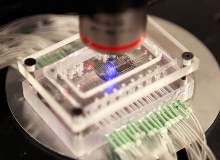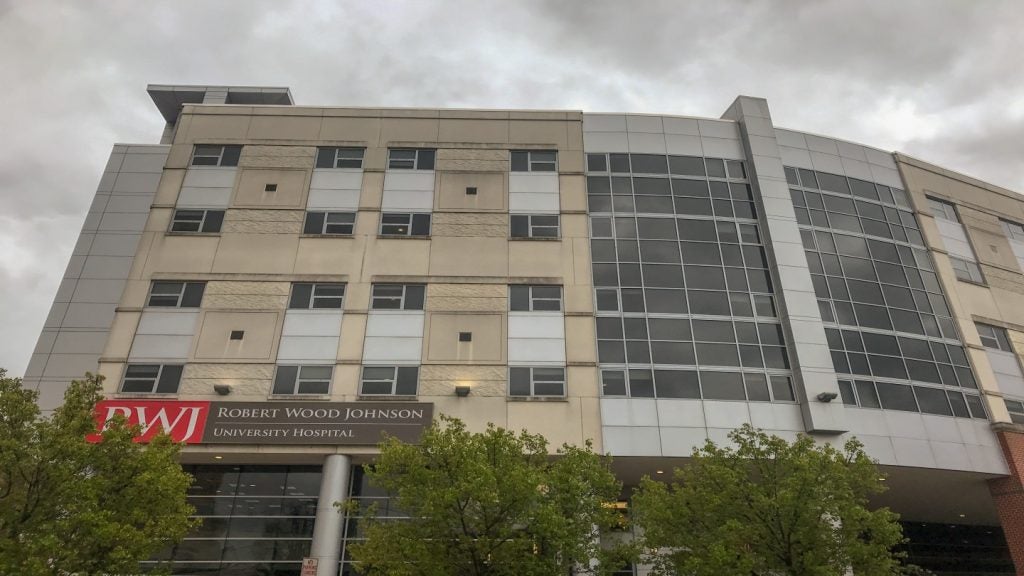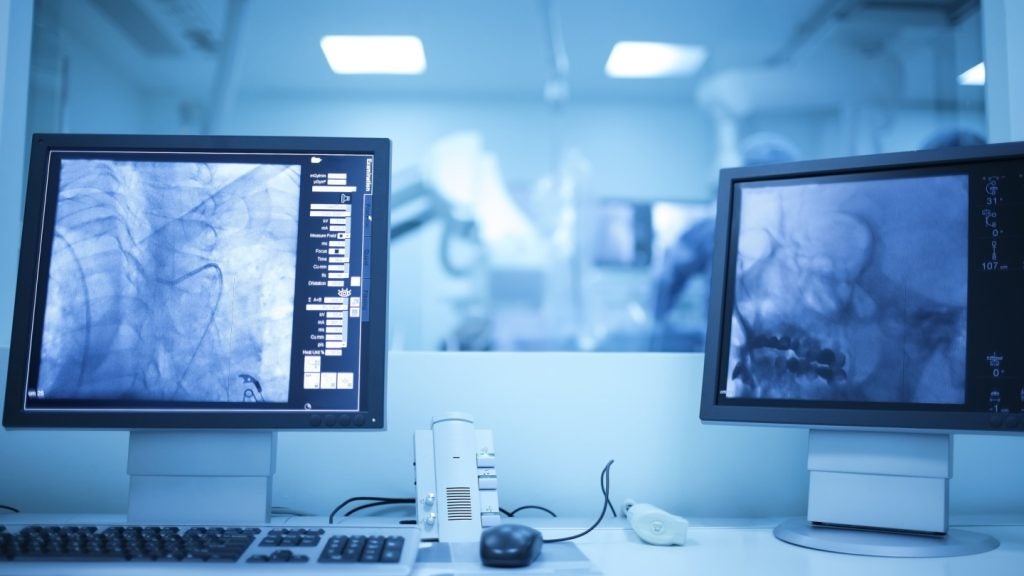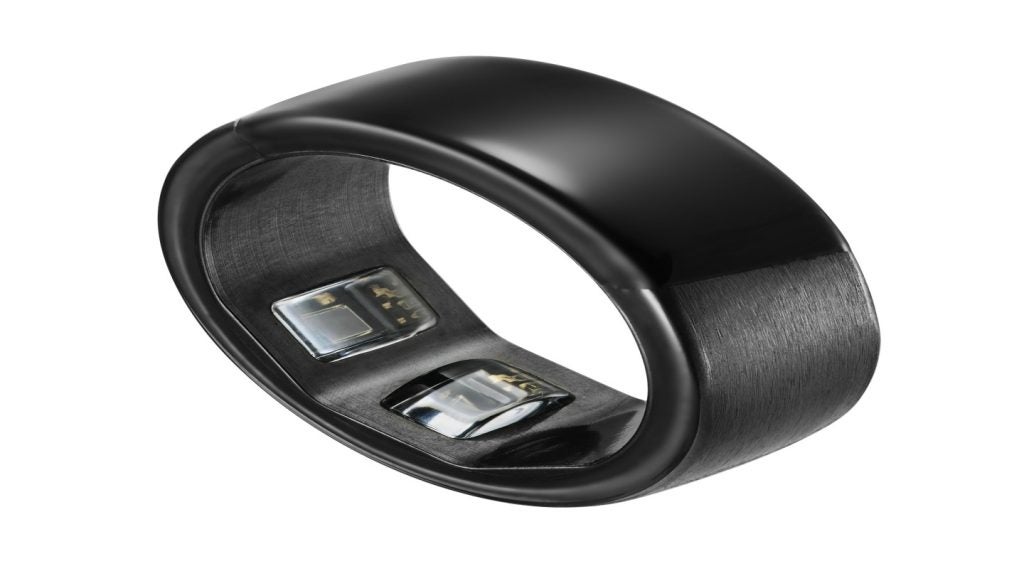
There is no doubt that sophisticated lab tests have improved treatments for millions of people and saved countless lives, but they are not without problems of their own. Labs are expensive to set up, to staff and maintain.
That makes tests expensive in developed countries and prohibitively so in developing ones. Lab tests take time: a patient sees a doctor who takes a sample and sends it to a lab. A day or two later the doctor gets the result and calls the patient back in to confirm the diagnosis in the light of the test results and if necessary begin treatment.
‘Lab on a chip’ technology, however, offers a way round some of these issues. The doctor would receive the test results almost instantly and, when you factor in the costs of a second consultation and the admin burden, even an expensive ‘chip’ can save money compared to a conventional lab test.
Current lab-on-a-chip microfluidic technology is expensive because chips must be specifically designed to perform certain types of chemical analyses, with channels created in glass or plastic and tiny pumps and valves directing the flow of fluids for testing.
Simple paper strips have been used for many years to measure things like pH or blood sugar, but they cannot perform more complex chemical assays. Clearly there is a market for devices offering the sophistication of lab-on-a-chip designs at a price comparable with paper strips.
See Also:
Microfluidic ‘lab on a strip’ devices
There have been several attempts at producing microfluidic devices on paper.
How well do you really know your competitors?
Access the most comprehensive Company Profiles on the market, powered by GlobalData. Save hours of research. Gain competitive edge.

Thank you!
Your download email will arrive shortly
Not ready to buy yet? Download a free sample
We are confident about the unique quality of our Company Profiles. However, we want you to make the most beneficial decision for your business, so we offer a free sample that you can download by submitting the below form
By GlobalDataIn 2007 a group at Penn State University published a paper describing how they produced such devices using paper soaked in a photo-resist resin SU8 then etched.
Later they experimented with plotting devices onto filter paper using polydimethylsiloxane (PDMS) dissolved in hexane. Since 2009 another group has been experimenting with wax resist layers on paper to produce microfluidic pathways, and in 2010 a group from the Hong Kong University of Science and Technology published a paper describing their work using lasers to cut cyanoacrylate resin bonded paper sandwiched between glass slides or polymer-based plates to produce a multilayer structure.
The latest in the field and potentially the simplest and cheapest method is the work of a team led by Babak Ziaie, professor of electrical and computer engineering and biomedical engineering at Purdue University.
The methods mentioned above create a hydrophilic pattern on un-treated paper by depositing hydrophobic polymers (SU8, PDMS, wax, etc) or by depositing a hydrophobic layer then selectively etching it away to reveal the hyprophilic paper. Purdue’s method relies on the use of a CO&sub2; laser to modify the characteristics of a surface coating from hydrophobic to hydrophilic.
Laser modification of surface characteristics of materials has been used before, but not applied to paper. The group found that any paper with a hydrophobic surface coating (e.g. parchment paper, wax paper, palette paper) can be used.
There are several advantages; using readily available papers with standard coatings is cheaper than applying a customised coating, as unlike wax printing techniques no heat treatment is required to fix the coating to the surface, the fine beam of the laser allows for finer channels and the types of paper used are inherently stronger than uncoated papers used in the other processes.
Manoeuvring microchannels
There is a disadvantage, micro-channels patterned using laser writing do not allow movement of aqueous reagents along a channel.
That would appear to be the end of the story but the Purdue team have demonstrated that this can be easily achieved by additional coating of silica microparticles.
The team produced samples using a basic laser cutting / engraving machine, a process that is very easy to scale up to industrial production. For tests relying on discrete micro-zones no further processing is necessary, where a specific test requires fluids to pass along microchannels silica microparticles were deposited by simply pouring a water suspension onto the papers.
The suspension is repelled by the hydrophobic coating but retained in the treated areas. Once dried the particles remain in the channels.
The use of micro-zones and channels opens up the possibility of doing complex analysis on paper strips ‘wicking’ a test sample into a zone where it can react with a reagent already deposited, then transferring to another zone to react with something else. In a similar way the use of micro-zones laid out in a grid could yield quantitative test results using electrochemical methods.
Taking that one stage further Ziaie’s team are experimenting with embedding functional (magnetic, electrical or optical) materials into the paper, in the long term this could lead to paper-based electronics, RFID devices and displays.
The next step is commercialisation. Purdue, like most universities, have experience of spinning out successful research, Babak Ziaie’s own department has already created NanoSense Inc to capitalise on the department’s research.
No firm decision has been reached about how this microfluidics work will be brought to market, but an announcement is expected next year. We don’t expect to see labs going out of business any day soon, but they might be spared the burden of performing millions of routine blood and urine tests every day.
And people in developing countries who have never had access to tests we take for granted can look forward to a major improvement in healthcare.







